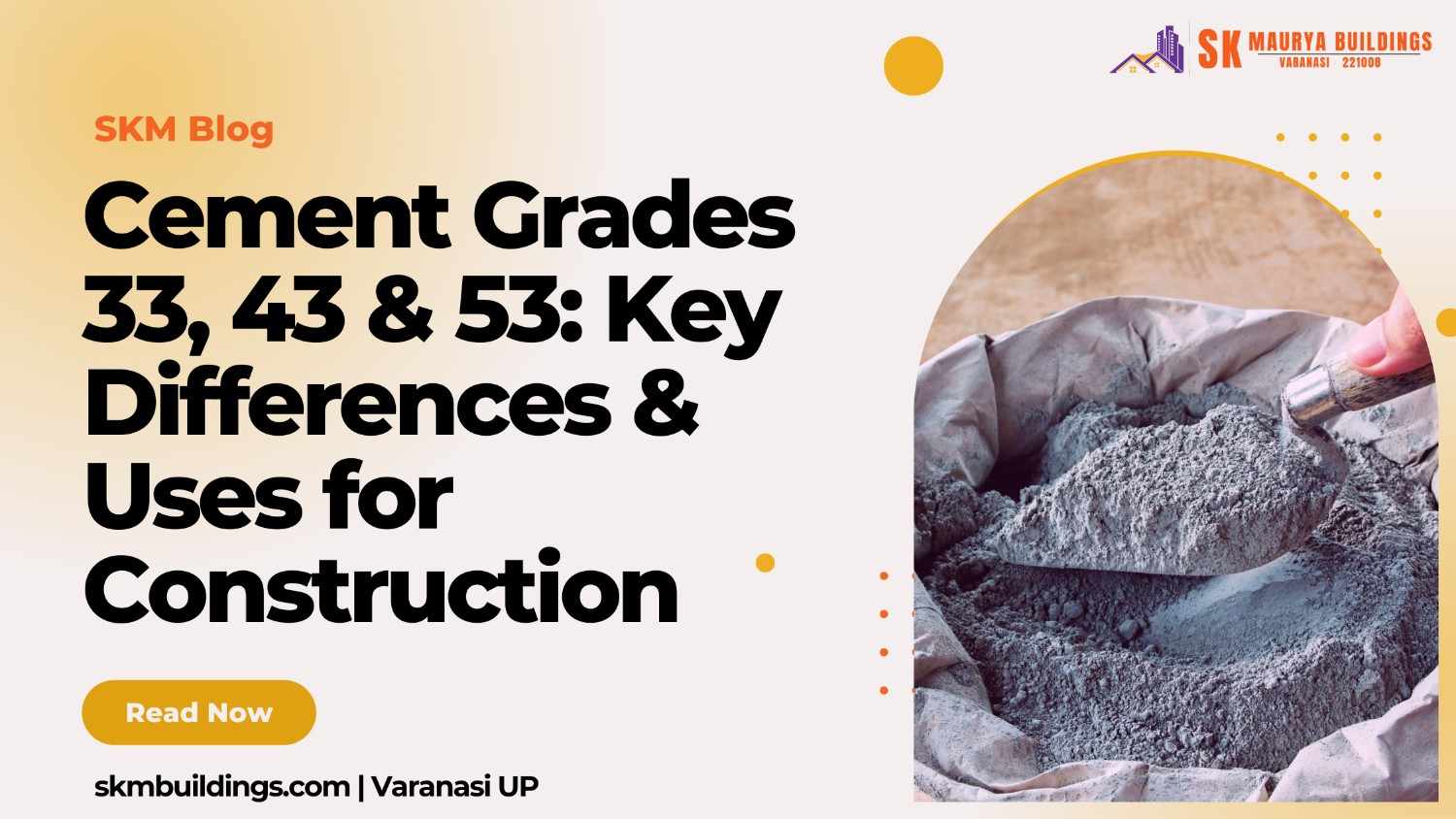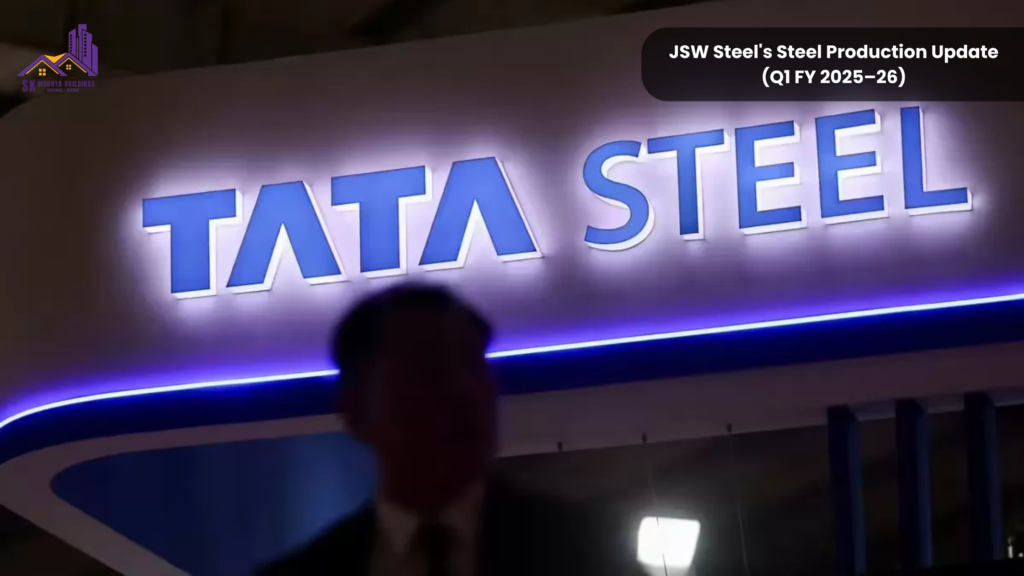When it comes to construction, material selection is key to the strength and durability of your project. One of the most important material is cement and understanding cement grades is crucial. In India you will come across three cement grades: 33, 43 and 53. But what do these numbers mean and how do they impact your construction?
In this blog we will compare cement grades 33, 43 and 53 and help you understand their properties, uses and how to choose the best one for your building project. Whether you are building a home, a commercial space or working on heavy construction, knowing which cement grade suits your needs will make all the difference. Let’s see how each grade impacts your structurge’s strength, cost and longevity.
Table of Contents
What are Cement Grades?
Cement grades are classification based on the compressive strength of cement after 28 days of setting. The grade is denoted by a number like 33, 43 or 53 which represents the maximum strength the cement can achieve (measured in megapascals, or MPa). For example cement grade 33 has a compressive strength of 33 MPa, grade 43 has 43 MPa and grade 53 has 53 MPa.
Each cement grade is suitable for different types of construction. Cement grade 33 is ideal for low strength projects, grade 43 is used for medium strength projects like residential buildings and grade 53 is used for high strength structures like bridges and high rise buildings. Understanding cement grades will help you to select the right one for your project’s requirement and ensure optimal durability and cost effectiveness.
Cement Grade 33: Properties, Uses, and Applications
Cement grade 33 is the most common type of cement used for general construction. Its 33 MPa compressive strength after 28 days of curing makes it ideal for non-load bearing structures like flooring, plastering and masonry works.
Cement Grade 33 Properties:
- Compressive Strength: 33 MPa after 28 days.
- Setting Time: Standard setting time for general construction.
- Durability: Sufficient for general construction but not for high strength applications.
Uses and Applications: Grade 33 cement is used for low to medium strength structures like residential buildings, roads and pavements. It is also used for plastering walls, making concrete blocks and other general construction works where high strength is not required.
While cement grade 33 is economical, it is not recommended for projects that require high strength or load bearing structures like multi-storey buildings or bridges. For such projects, higher grade like 43 or 53 is more suitable.
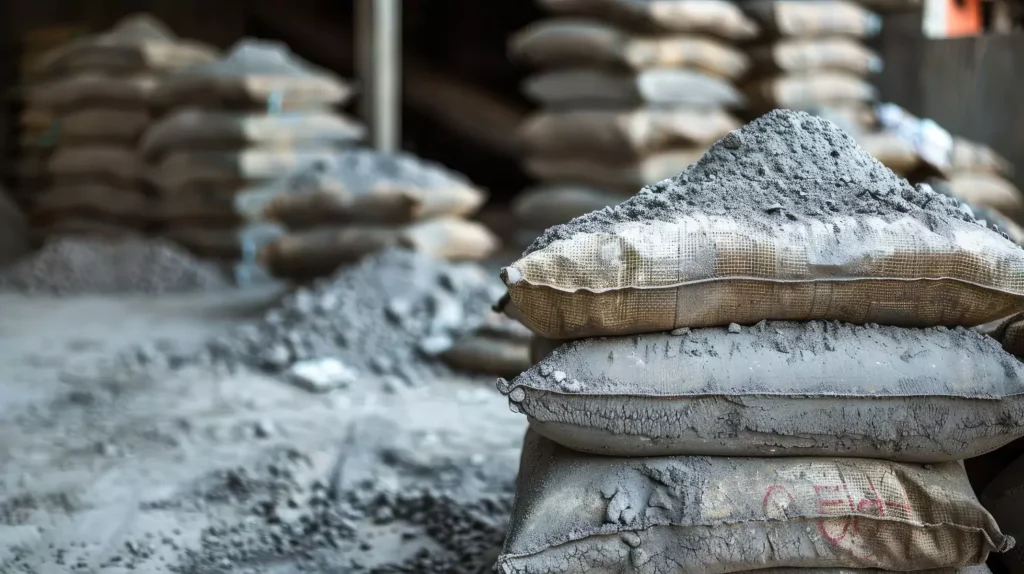
Cement Grade 43: Properties, Uses, and Applications
Cement grade 43 has more compressive strength than grade 33, so it’s a good all rounder for residential and commercial projects. With a strength of 43 MPa after 28 days, it’s used in medium strength construction where durability and cost effectiveness is the requirement.
Properties of Cement Grade 43:
- Compressive Strength: 43 MPa after 28 days.
- Setting Time: Faster setting time, suitable for faster construction.
- Durability: Stronger than grade 33, more durable.
Uses and Applications: Grade 43 cement is used in residential buildings, pavements and roads where moderate strength is required. It’s also used in structural work like beams, columns and slabs in low to medium rise buildings. This grade is preferred when cost and performance balance is required.
For projects that require stronger material than grade 33, grade 43 has more strength and faster setting time, perfect for projects with a quick turnaround. But not suitable for high rise buildings or heavy duty infrastructure where higher grades like 53 would be more suitable.
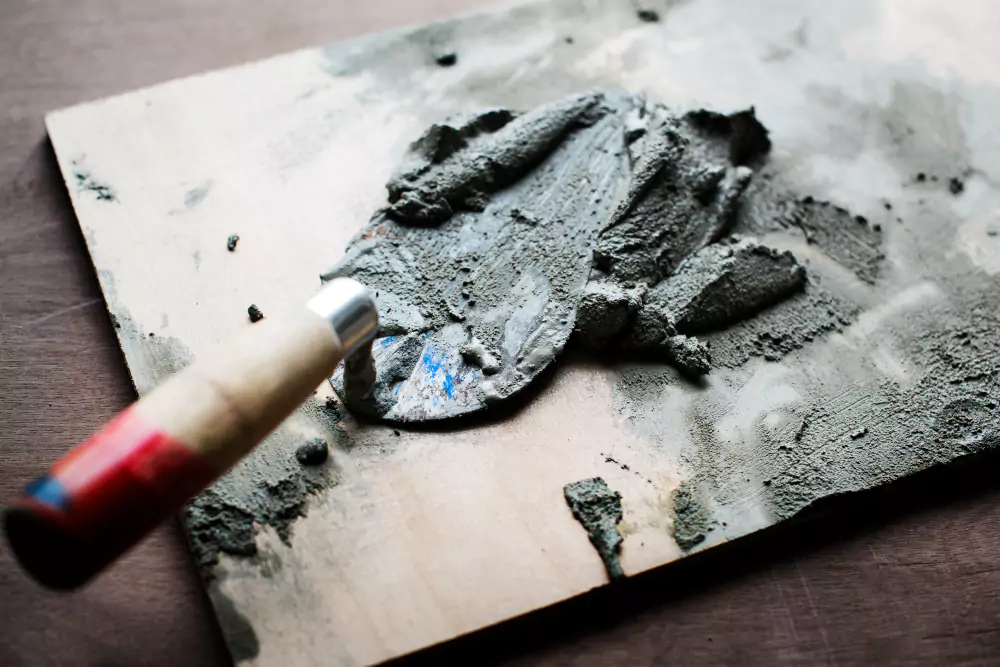
Cement Grade 53: Properties, Uses, and Applications
Cement grade 53 has highest compressive strength, so it’s the preferred choice for heavy duty construction. With a strength of 53 MPa after 28 days, it’s ideal for projects that require maximum durability and high performance.
Properties of Cement Grade 53:
- Compressive Strength: 53 MPa after 28 days.
- Setting Time: Rapid setting, speeds up construction.
- Durability: Highly resistant to weathering, chemical attacks and heavy loads, perfect for high strength applications.
Uses and Applications: Grade 53 cement is used in high rise buildings, bridges, highways and other infrastructure projects where strength and longevity is critical. It’s also used in high tensile structures like large dams and industrial buildings.
For large scale demanding constructions, cement grade 53 gives the best performance and ensures the structure’s safety and stability. Although more expensive than grades 33 and 43, its strength justifies the investment for high performance needs.
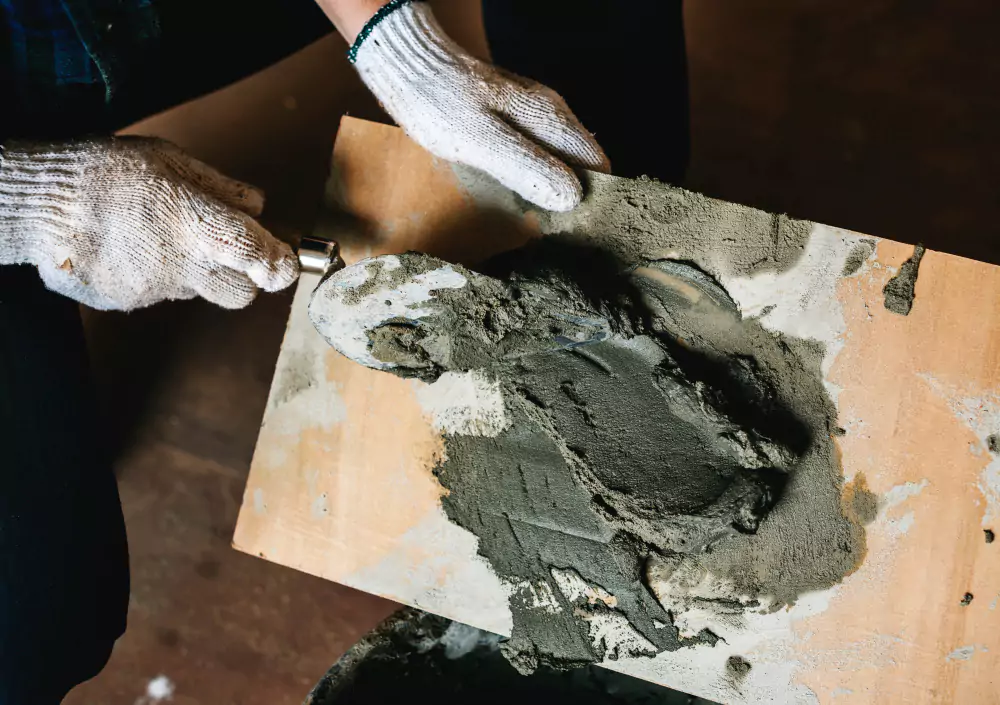
Also Read: Best Quality TMT Bars for House Construction: Guide
Cement Grade Comparison: 33 vs 43 vs 53
Choosing the right cement grade is crucial for the strength, durability, and cost-effectiveness of your construction project. Here’s a comparison of cement grade 33, 43, and 53 based on their properties, uses, and performance:
| Property | Cement Grade 33 | Cement Grade 43 | Cement Grade 53 |
| Compressive Strength | 33 MPa | 43 MPa | 53 MPa |
| Setting Time | Moderate | Faster | Fastest |
| Durability | Standard | Moderate | High |
| Uses | Non-load-bearing walls, plastering, low-strength structures | Residential buildings, beams, columns, low-rise structures | High-rise buildings, bridges, dams, industrial structures |
| Cost | Most affordable | Moderately priced | Most expensive |
Key Differences:
Strength: 53 grade cement has the highest compressive strength, it’s ideal for demanding high performance structures, 33 grade is for light construction projects.
Setting Time: 43 and 53 grade set faster than 33 grade, suitable for projects that require quick turnaround.
Durability: 53 grade is the most durable and weather resistant, suitable for projects exposed to harsh conditions.
Choosing the Right Grade:
- If you’re working on residential project, 43 grade is a good choice, it’s a balance between cost and strength.
- For heavy duty construction like skyscrapers, highways or bridges, 53 grade is your go to for maximum strength and durability.
- For simple construction like flooring or plastering, 33 grade will do, it provides adequate strength at lower cost.
Factors to Consider When Choosing a Cement Grade
Choosing the right cement grade is important for your construction project. Several factors to consider to make sure the chosen grade meets your structural and budgetary requirements. Here are the key factors to consider:
1. Type of Construction
The type of construction project will impact your choice of cement grade. For light construction like plastering or flooring, 33 grade will do, for medium strength residential buildings, 43 grade is ideal. For large scale high performance structures like bridges, skyscrapers or industrial buildings, 53 grade is required for higher strength and durability.
2. Compressive Strength Requirements
Each cement grade has different compressive strength. 33 grade has the lowest strength, it’s suitable for low stress applications. If your project requires stronger concrete, opt for 43 grade or 53 grade which has higher strength for better load bearing capacity.
3. Environmental Conditions
Harsh environmental conditions like exposure to moisture, extreme temperatures or chemicals can affect the durability of your structure. For projects in such conditions, 53 grade is a better choice, it provides higher resistance to weathering and chemical attack.
4. Setting Time
Setting time is important for speed of construction. If time is a constraint in your project, consider 43 grade or 53 grade, both have faster setting time than 33 grade so you can complete your project faster.
5. Budget
33 grade is the most affordable, it’s a cost effective option for non load bearing structures. If your budget can accommodate better performance and durability, you can opt for 43 grade or 53 grade depending on your strength and durability requirements.
Why Choose SK Maurya Building Materials for Your Cement Needs?
When it comes to cement and building materials in Varanasi and Eastern UP, SK Maurya Building Materials is the choice of thousands of happy customers. With over 25 years of experience in the industry, SK Maurya is an authorized dealer of big cement brands like Ambuja, ACC and Jindal, offering wide range of cement grades (33, 43, 53). SK Maurya focuses on product authenticity so your construction will be built with reliable and high quality material which will last long. Also SK Maurya provides cost effective solution by offering high quality TMT bars and building materials at competitive price so you can complete your project without overspending.
SK Maurya is a trusted partner for clients across Eastern UP, including Varanasi, Mirzapur, Ghazipur and Gorakhpur. Whether you are building a residential or commercial structure, SK Maurya has the right cement for your requirement. SK Maurya team is always available to guide you to select the right grade of cement for your project, so your construction is safe, strong and cost effective. Also SK Maurya guarantees on time delivery of all materials so no delay in your construction schedule and smooth project completion.
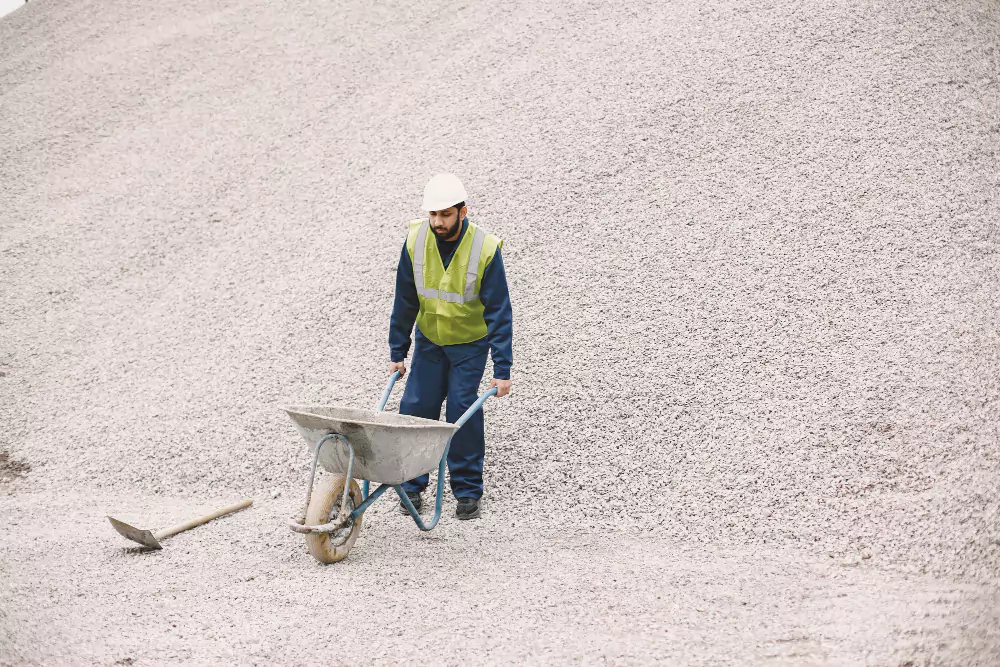
Conclusion
Choosing the right cement grade is important for your construction’s strength, durability and longevity. Whether you choose cement grade 33, 43 or 53 knowing their properties and uses will help you to take a right decision. By choosing the right cement for your project you will get a solid foundation which will last long. At SK Maurya Building Materials we have good quality cement from big brands to suit every construction project in Varanasi and Eastern Uttar Pradesh. With expert guidance and top quality products we are here to make your building dream come true.
FAQs
-
What is the difference between cement grade 33, 43, and 53?
The main difference lies in their compressive strength: grade 33 has a strength of 33 MPa, grade 43 offers 43 MPa, and grade 53 provides the highest strength of 53 MPa. Higher-grade cement is used for projects requiring more durability, such as high-rise buildings or infrastructure, while lower-grade cement is used for general construction.
-
Which cement grade is best for residential construction?
For most residential projects, cement grade 43 is a great choice. It offers a balanced combination of strength and cost-effectiveness, making it ideal for walls, floors, and structural elements in low to medium-rise buildings.
-
Can I use cement grade 33 for foundation work?
It is not recommended to use cement grade 33 for foundation work, as foundations require stronger cement to bear the load. Grade 43 or grade 53 would be better suited for foundations and load-bearing structures due to their higher compressive strength.
-
How do I know which cement grade to choose for my project?
Your choice of cement grade depends on the type of construction you are undertaking. For lighter, non-load-bearing structures, cement grade 33 is sufficient, while grade 43 is ideal for residential buildings. For heavy-duty structures like bridges or high-rise buildings, cement grade 53 is recommended due to its higher strength and durability.


